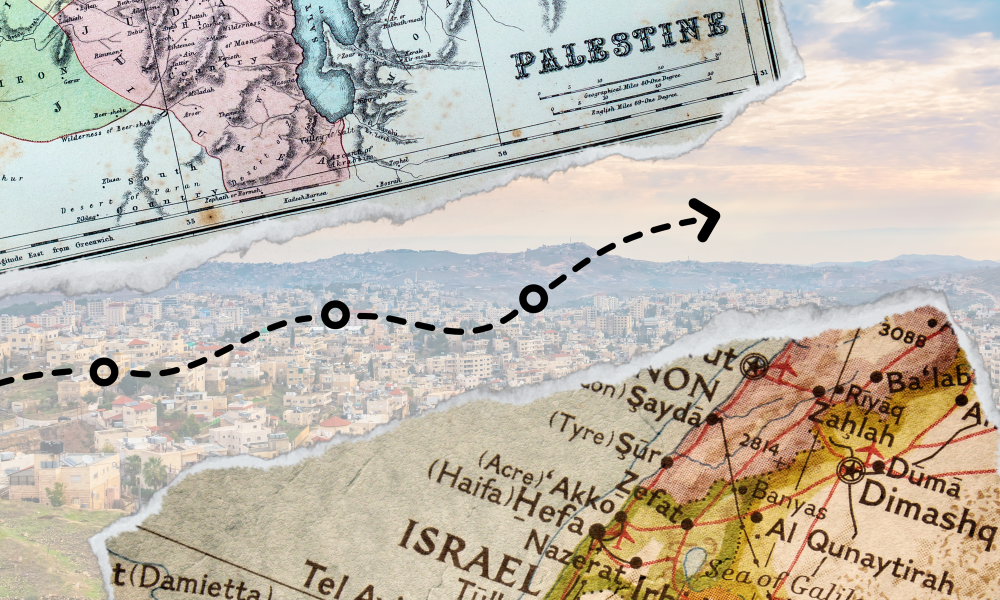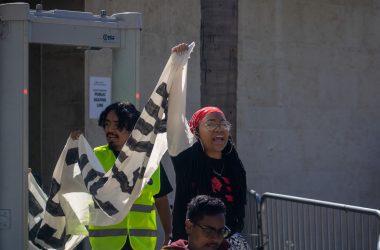Before World War I had officially ended, the Ottoman Empire, a member of the defeated Central Powers, was split between the Allied Powers: Britain, France, Greece and Russia, according to Britannica. Palestine, a territory formally under Ottoman Empire rule, was given to the British Empire by the League of Nations to oversee.

A predecessor to the United Nations, the League of Nations was established in 1920 and created the “Mandate system,” according to The United Nations Office at Geneva. In the mandate system, a Member state; Great Britain, France, Greece etc., was given a mandated territory by former German colonies and Ottoman Empire territories to “guide” until they could become independent states.
Britain was appointed to rule over Palestine in 1922. Chaim Weizmann, president of the World Zionist organization at the time, “persuaded the British government to issue a statement favoring the establishment of a Jewish national home in Palestine,” according to the National Archives. Many Jewish people had supported the Allied Powers in World War I, and was seen as a reward for their assistance. The statement later became known as the “Balfour Declaration.”
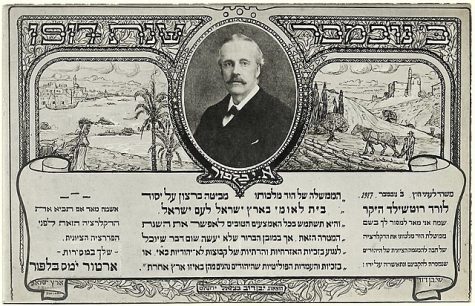
Source credit: Wikimedia Commons Photo credit: Wikimedia Commons
Palestine was chosen to be the new homeland of the Jewish people for many reasons, with the main being its historical significance. According to the Jewish Virtual Library, Jerusalem, a city in Ancient Israel, was first declared the capital of the Jewish Kingdom by King David in 1000 BCE. However, after the reign of King David and later his son Solomon, ancient Israel would be conquered time and time again by nations such as Babylon, Persia and Greece. By 1517, the Ottoman Empire had control over the land until the dissolution of their empire in 1917.
“Most Palestinians don’t accept that their national identity was created in 1920 when it officially became ‘Mandate Palestine.’ Their national identity started earlier than that,” said Steven Rousso-Schindler, a professor of cultural anthropology who teaches about the Israeli-Palestinian conflict. Many Jewish people who immigrated to Palestine around this time mostly came to the area from Russia and Poland due to the beginning of widespread antisemitism.
Although there was a small Jewish population already living on the land, the mass migration stirred up fear within the Arab population of Palestine. Guerrilla warfare broke out between the two groups throughout the 1930s. To maintain peace, Britain issued a white paper in 1939 that limited the quota of Jewish people allowed into Palestine.
“Britain wanted to maintain population balance,” Schindler said.
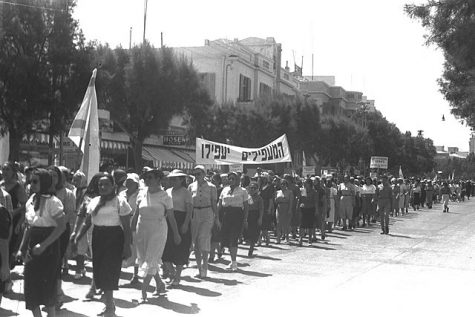
Source credit: Wikimedia Commons Photo credit: Wikimedia Commons
Eventually, the United Nations, formed in 1945, set up the Special Committee on Palestine in April of 1947. The UNSCOP recommended that, “the British mandate over Palestine be ended and that the territory be partitioned into two states,” wrote the National Archives. Not agreeing with that plan, the League of Arab States moved its troops to the Palestinian border.
Though the plan didn’t have the support of the Arab population, it had the support of United States President Harry S. Truman, and thus, the plan was passed by the U.N. General Assembly in November of 1947.
“On May 15, 1948, the first day of Israeli Independence and exactly one year after UNSCOP was established, Arab armies invaded Israel and the first Arab-Israeli war began,” wrote the National Archives.
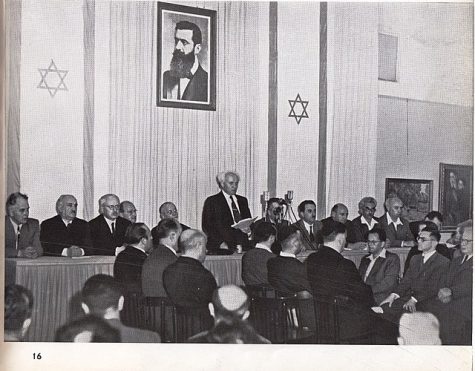
Source credit: Wikimedia Commons Photo credit: Wikimedia Commons
The ethnic population of Palestine changed rapidly during these tumultuous times. Pre-British mandate Palestine had a Jewish population of about 6 percent according to Al Jazeera which increased to 33 percent by 1947.
Before the first Arab-Israeli war, “[Palestine] owned 94 percent of historic Palestine and comprised 67 percent of the population,” reported Al Jazeera. Following the war, Israeli military forces captured 78 percent of historic Palestine and expelled at least 750,000 Palestinians from the area. The West Bank and the Gaza Strip accounted for the remaining 22 percent under Palestinian control.
A follow-up exploring the growth of Israel and its expansion into Palestinian territory will be posted next week.

